HEY! DID YOU REALIZE THAT THE NEW GUIDELINES ARE NOW AVAILABLE?
Playgrounds are supposed to be places of joy, exploration, and growth — but they also carry real risks if design, upkeep, or usage are neglected. In July 2025, the U.S. Consumer Product Safety Commission (CPSC) published a significantly updated Public Playground Safety Handbook (Publication 325) — the first major revision since 2010.
These changes are voluntary guidelines, not federal mandates, but they reflect the latest thinking on preventing injuries in play environments. Many state and local jurisdictions, insurers, and playground designers pay close attention to them.
Here’s what you should know — especially if you manage, design, inspect, or care for community playgrounds.
What’s New or Revised in the 2025 Handbook
The update isn’t just cosmetic — several substantive changes align with modern standards and seek to tighten safety gaps.
Here are key updates:
1. Stronger Alignment with ASTM Standards
- The 2025 Handbook leans more closely on ASTM F1487 and related standards for technical specifications (e.g. crush/shear testing, entrapment assessments). 1
- ASTM itself released a revised version, ASTM F1487-25, earlier in 2025. That version includes new definitions (e.g. for “fully enclosed structure”), adjusted handrail requirements, revised exemptions for suspended components, and stricter rules for tube slides. 2
- The updated Handbook clarifies some definitions, like “critical height,” and how to treat composite structures (i.e. multi-piece integrated play systems) — they should be considered as a whole with respect to fall height. 3
2. Enhanced Guidance on Surfacing & Chemical Safety
- The 2025 guidance expands the discussion of loose-fill surfacing (e.g. wood fiber, mulch, gravel) vs engineered surfacing and adds considerations for chemical hazards in surfacing materials.
- It clarifies when to replace or maintain surfacing, and emphasizes testing (impact attenuation) more rigorously.
3. Fencing, Gates, Signage & Supervision Upgrades
- The new Handbook strengthens recommendations for fencing (e.g. minimum fence height, spacing, minimizing footholds/handholds) especially around traffic, drop-offs, or water hazards.
- Signage and labeling receive more emphasis — especially warnings for entanglement/strangulation risks (e.g. drawstrings, cords).
- The role of active supervision is better emphasized in design and policy terms, not just as a “nice to have.”
4. New & Revised Hazard Areas
- Projections, protrusions, entanglement, and impalement hazards get sharper language, with test methods and thresholds clarified (e.g. bolt threads, hook gaps).
- Suspended components (ropes, cables, tubes) are revisited: the update clarifies when they should be more visible (i.e. bright colors, contrast) and insists the same guidance apply to single or multiple suspended elements.
- Head entrapment and partially bounded openings (i.e. gaps between structural parts) are reexamined. The Handbook resists exempting partially bounded gaps below 24 inches (despite some stakeholder recommendations) and retains that these features fall under the hazard guidance.
- One revision: musical elements (chimes, tubes, etc.) may now have exposed open ends if they are rounded and guarded to avoid impalement/entrapment, so long as they function properly.
5. Maintenance, Inspection & Lifecycle Emphasis
- Recognizing that many injuries stem from wear & tear, the Handbook includes more detailed checklists and maintenance schedules.
- It underscores that new installations should be inspected by qualified personnel before first use and periodically thereafter.
- Older materials (e.g. CCA-treated wood) and finishing standards (e.g. paint, coatings) are revisited with cautionary language and recommendations for mitigation (sealing, replacement).
Why This Matters (for Communities, Schools, and Parks)
- Injury Reduction Potential: The CPSC notes that over 190,000 playground injuries requiring emergency treatment still occur annually (2021–2023 data) — telling us there’s room to improve.
- Design & Renovation Projects: For playground architects, parks districts, schools, or parent-teacher associations planning upgrades or new builds, these guidelines will help future-proof projects for safety and liability.
- Liability & Insurance Implications: While guidelines are voluntary, insurers, local governments, or audit agencies may begin using these as benchmarks or expectations.
- Community Trust: Demonstrating that your playgrounds follow the latest recommendations boosts confidence among parents, caregivers, and community stakeholders.
Suggested Next Steps
Here’s a practical to-do list:
- Download & review the full CPSC Handbook (2025 version)
The official PDF is available from CPSC. Download Handbook Here - Compare with existing playgrounds / infrastructure
Use the updated guidelines and checklists to audit current equipment, surfacing, layout, and signage. - Check local adoption
Some states or municipalities may require adherence; others may not — know local codes, insurance mandates, or school district policies. - Prioritize high-risk fixes
Focus first on issues like poor surfacing, missing barriers or guardrails, entrapment gaps, protruding bolt threads, and worn equipment. - Schedule qualified inspections
Bring in certified playground safety inspectors (CPSIs) or similarly credentialed professionals to do thorough audits. - Incorporate the new ASTM F1487-25 where possible
For new installations or retrofits, use the updated ASTM standard as a design baseline. - Educate users and caregivers
Share safety tips (e.g. no drawstrings, remove cords or ropes, supervise actively), and post updated signage reflecting current best practices.

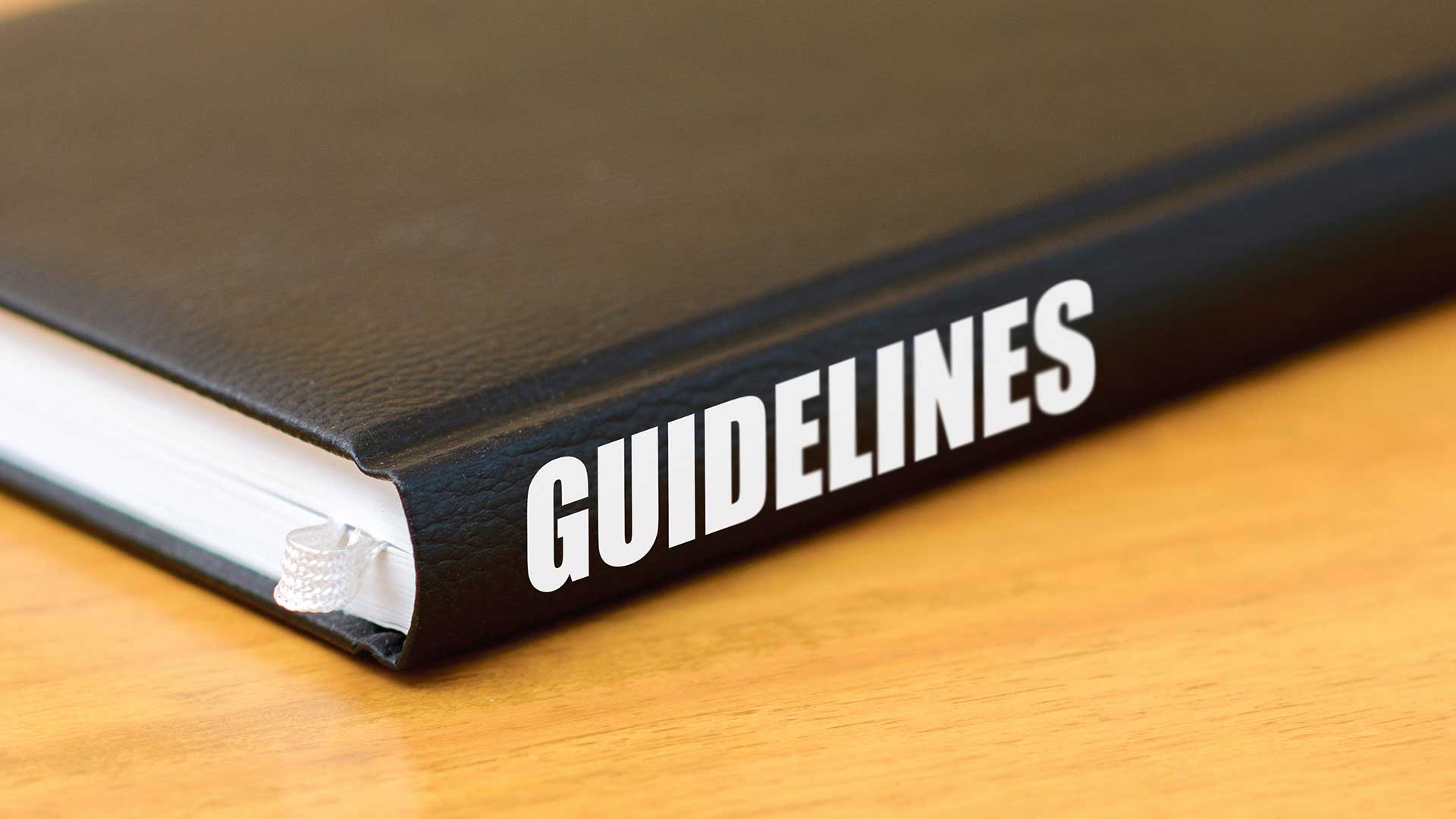

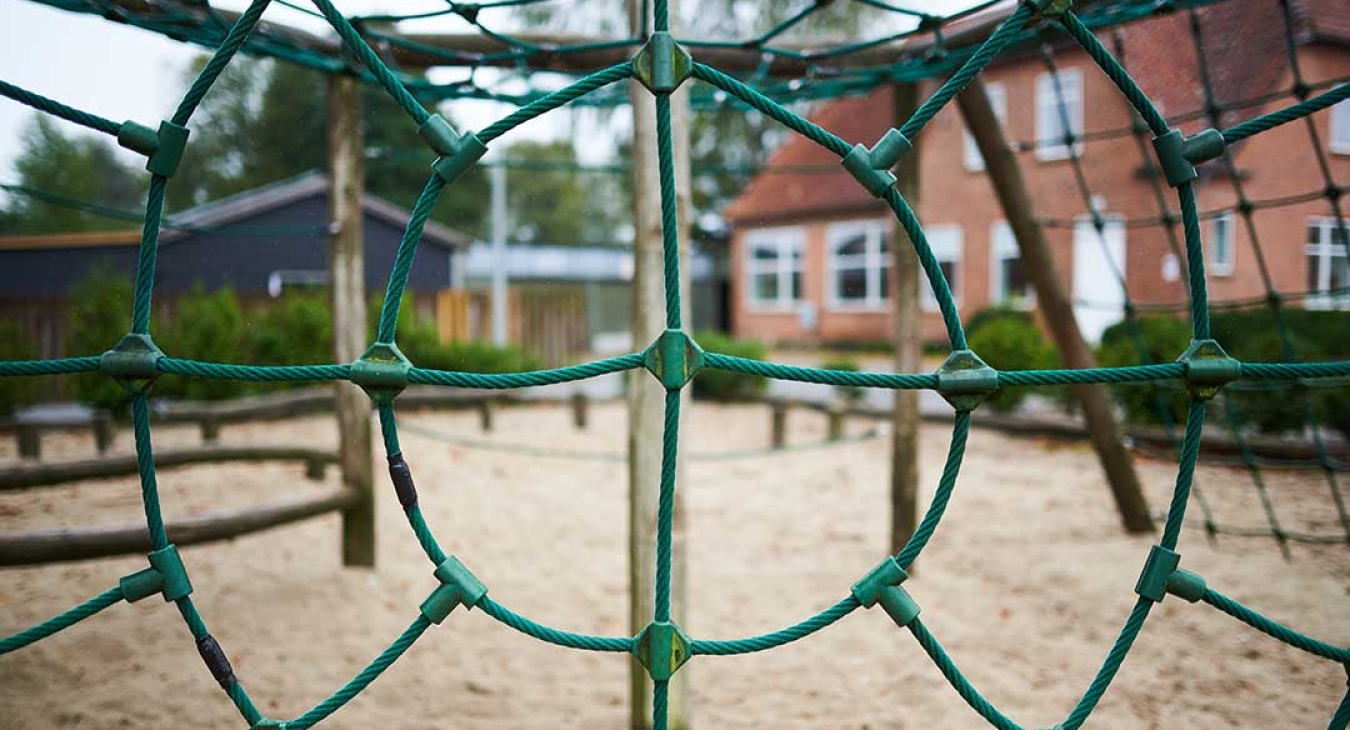

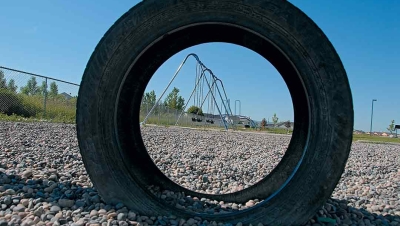
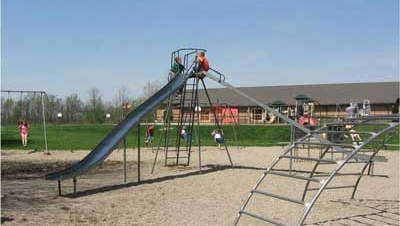
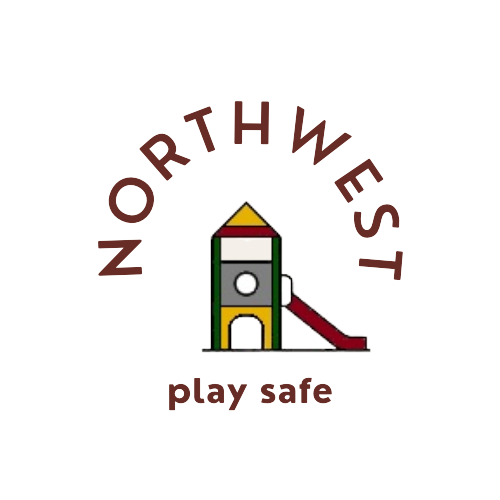

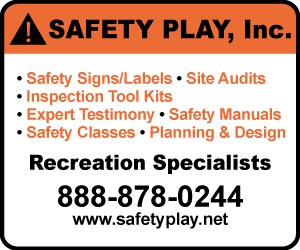
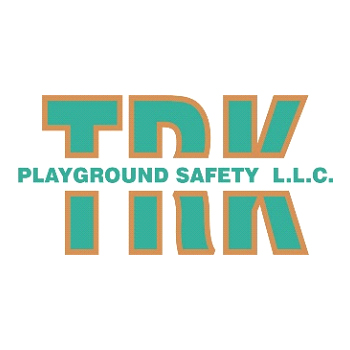


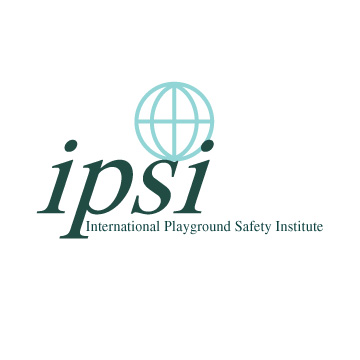
Add new comment